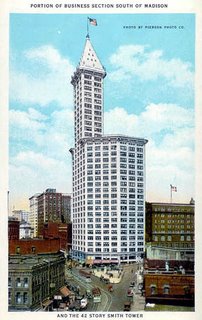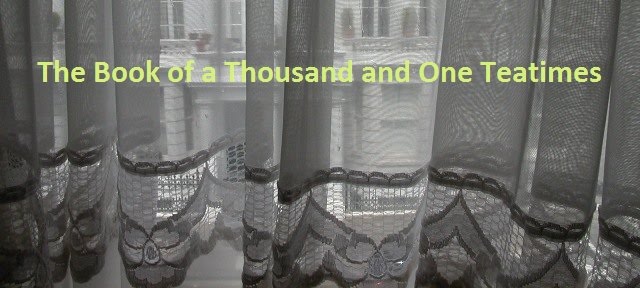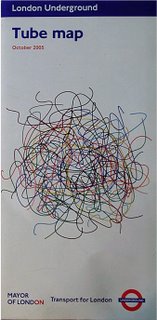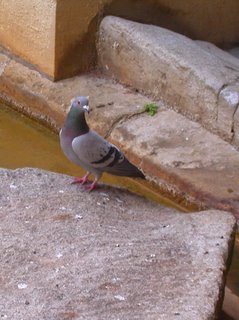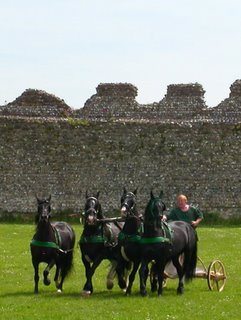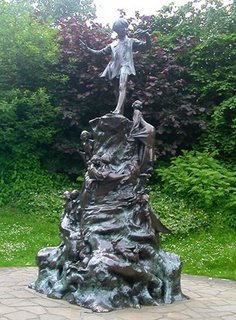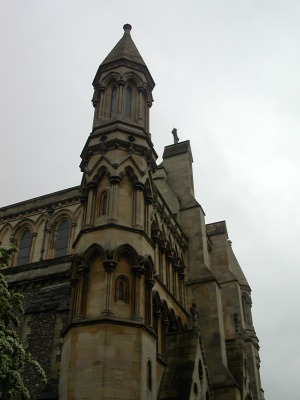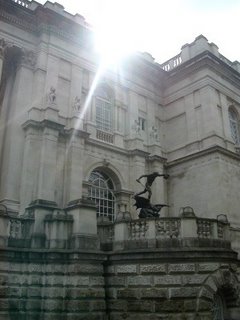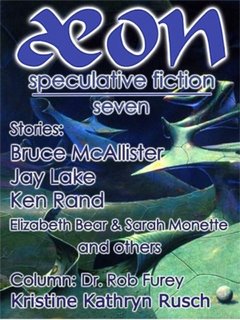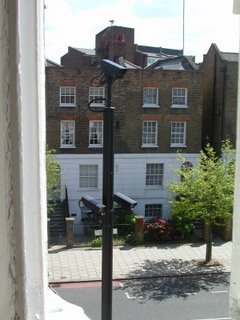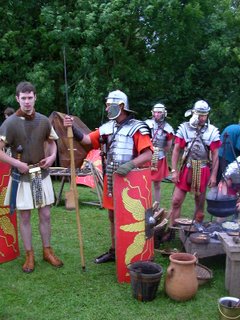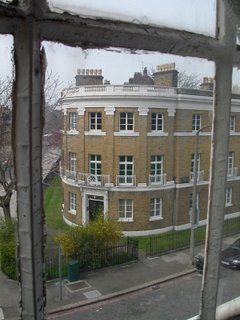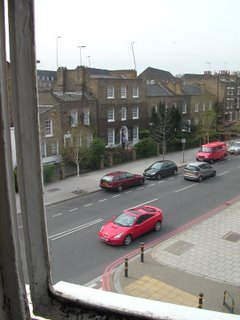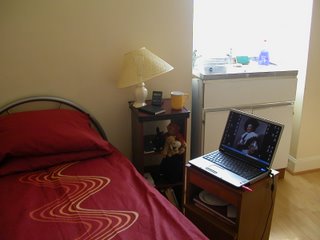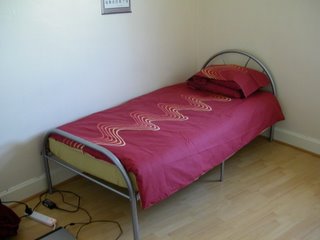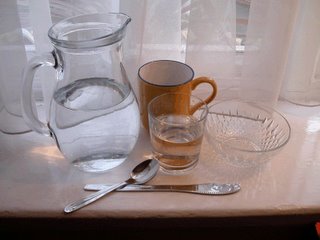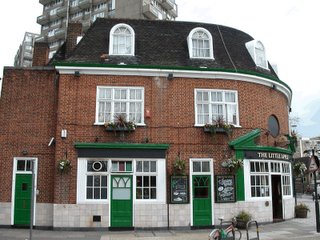I can still remember my first look at Oxford Street: I peeked around a corner at it and saw this wide thoroughfare absolutely

packed to bursting with taxis and buses and merrily-jaywalking pedestrians – how did any of
them survive? I didn’t have any reason to walk into that utter tumult, nor any desire to, particularly, so I headed in the other direction. On some later visit a friend asked to meet at a coffee shop in Oxford street, and I was so intimidated by the prospect that I went several hours early and scoped out my route and destination ahead of time so I’d have some degree of confidence when I went later. If you know me, you would be justified in thinking that degree of intimidation unusual, but never having lived in a really big city, I’d never encountered anything quite like Oxford Street. Now it only seems really big, rather than really big and unconquerable, but when I wrote a novel about Hell, I put a street there something like it.
Oxford Street tube station is the nearest to the Wallace Collection, one of London’s finest art museums. Like most museums in London, there’s no admission charge, only a discreet request for donations.
* This was once the home and private collection of several successive Marquesses of Hertford, until the widow of one of them willed it to the State. It’s truly breathtaking, and contains stunning examples of furniture, ormulu clocks, sculpture, paintings, and arms and armor, as well as thousands of smaller items, covering several centuries. One visit would be enough only to take in a portion of the whole, but on every visit you really must see the crown jewel of the show, the painting for which some Marquess of Hertford or other paid more than for anything else in the whole immense mansion: Franz Hals’
The Laughing Cavalier, painted in 1624. He’s in the Great Gallery with a lot of other Dutch School pieces nearly as famous as he is, but he outshines the rest like the sun does a 60-watt lightbulb. Below are the notes I wrote during my second visit; I think I said it then at least as well as I could say it now.
“From Oxford Street I walk to the Wallace Collection in Manchester Square. I came the first time mainly to see
The Laughing Cavalier, by Franz Hals, the jewel of the Wallace Collection. Of course the entire collection is wonderful, with masterpieces by dozens of prominent artists, but I could hardly take my eyes off this particular painting on my first visit, and only tore myself away by promising to come back and see him again.
After visiting every other room in Hertford House, I finally enter the Great Gallery, and after revisiting the other paintings in the room, take a seat on the Victorian parlor settee in front of
The Laughing Cavalier. It's an odd title, considering that while many of Hals' subjects actually do smile broadly or otherwise demonstrate uproarious good spirits, the Cavalier wears only the ghost of a smile for his portrait. Perhaps Hals knew something about his subject that we don't; certainly his good humor is evident in the painting. He looks like someone you'd really like to know.
Two British ladies walk by at a brisk pace, heels rapping sharply on the floor of the Great Gallery. One of them says, "Oh, look.
The Laughing Cavalier. Ever think you'd get to see that?" By the time she finishes the question she's already past the Rembrandts, and I never hear her companion's answer. They continue on down the room without even slowing down, and disappear out the far doors. At that rate I reckon they got through the entire collection in under twenty minutes.
Other visitors stop, call their friends over, exclaim delightedly at his pose, his evident good nature, the rendering of detail in his costume. Last time it was just me and the Cavalier, but this time I'm enjoying the obvious pleasure of others at getting to know him. A British family have just discovered the painstakingly detailed lace on his sleeve, and I point out the change between this and the eye-fooling non-specific detail in his collar, as though Hals hadn't wanted any fussiness to compete with his Cavalier's face – the real star of the painting.
He outshines the Murillos, van Dycks, Rembrandts – all of them. They glow, but he
sparkles. His eyes, which are so dark as to look brown from a distance, are actually a deep blue-grey seen up close. There are 67 paintings in this room, and his is the only one framed in black. The other 66 are surrounded by gilt frames, but some wise curator apparently knew how to make him stand out in a crowd, not that he wouldn't on his own.
Several people remark on the fact that his eyes seem to follow one around the room. The fact is that any subject who's painted looking directly at the painter will appear to follow viewers with his or her gaze. The adult figures in the two nearby Rembrandts do the same, but no-one remarks it. I know the secret, of course;
The Laughing Cavalier stands out in this regard because as they walk away
they keep looking back at
him.
I strike up a conversation with a man who's nearly as taken with the Cavalier as I am. “I tried to tell myself I wasn't coming here today just to see this,” he says, “and then
Voom! ” He pantomimes himself making a beeline for the Great Gallery. We discuss the composition of the painting and how the eye is led around it and always back to the face, framed by that rakish black hat.
I stay probably half an hour, then reluctantly tear myself away again, promising, as I do every time, that I'll be back again to see him.”
And of course I did go back, and thanks for indulging my deep love of a 400-year-old man this time – I’ll talk about some of the other Wallace wonders in a future installment.
*At the Victoria & Albert – the National Museum of Design – the request is famously less discreet, as guards stand by the perspex donations boxes and glare at you, daring you not to empty your pockets. If you can’t afford a donation, here’s the way to avoid them: turn left as soon as you come in the main entrance, and proceed down to the toilets. You’re going to be there several hours, so you’ll be glad you stopped. When you come out again, angle sharply to the left as you come up the stairs, and pass behind the pillars, boxes, and guards. It can’t be said I haven’t learnt to live here cheaply.
